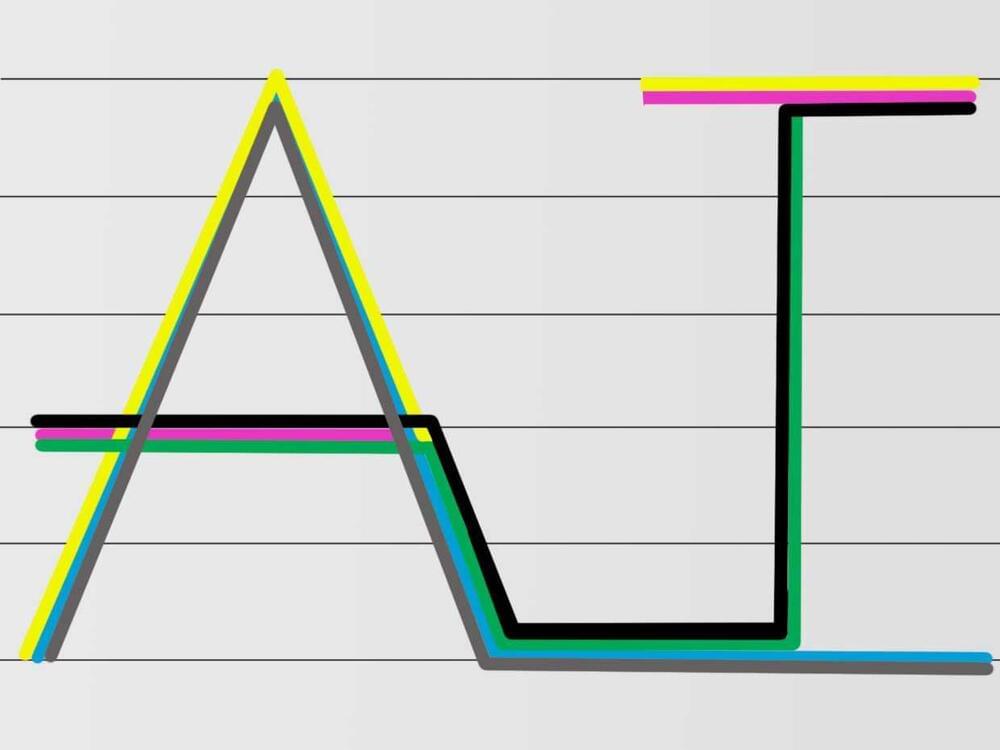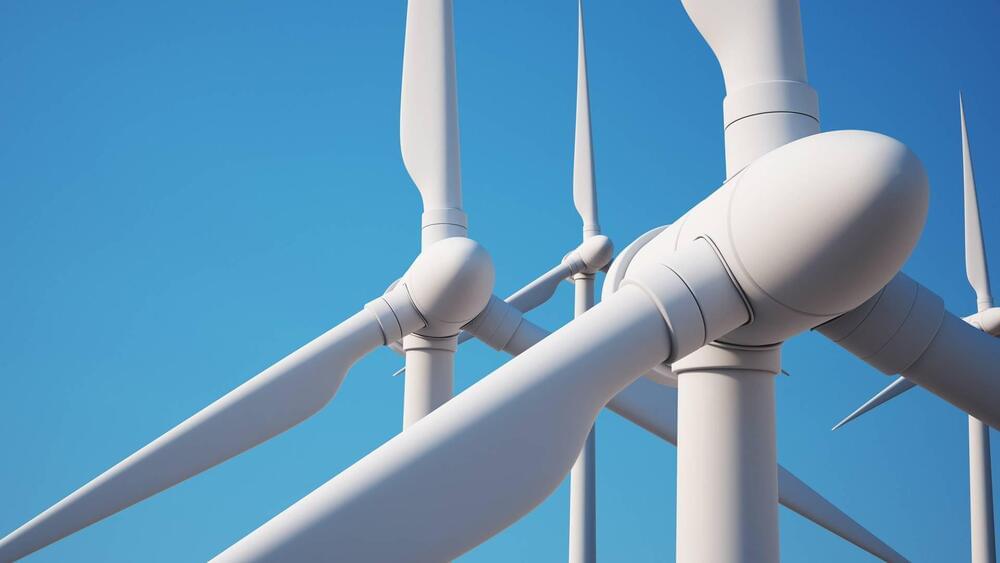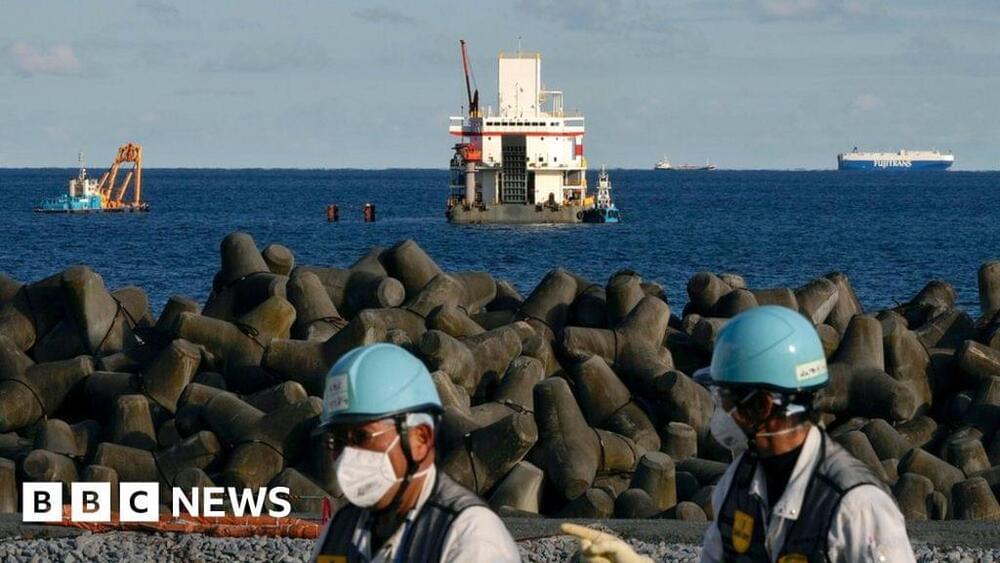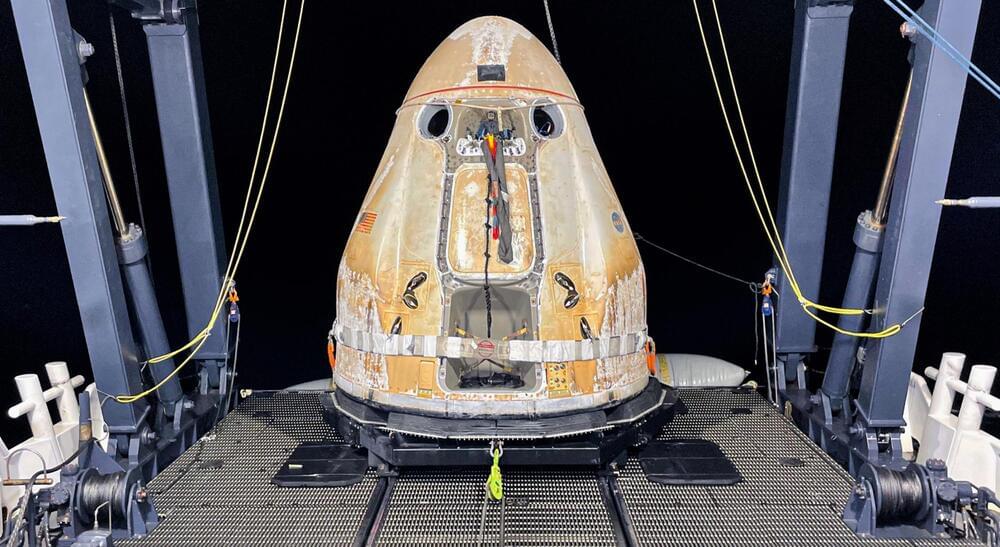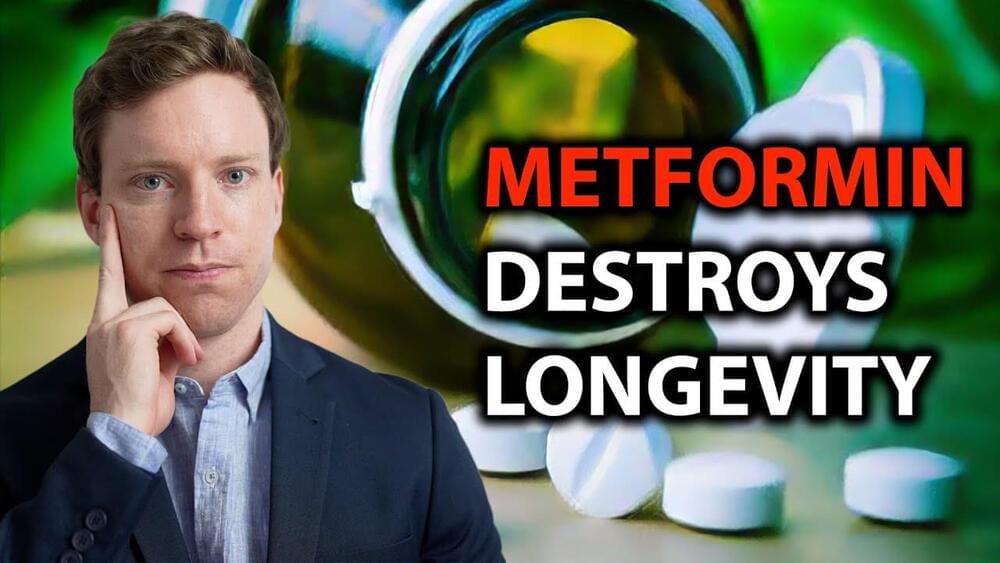Even with their previous prices, the Tesla Model S and Model X are already formidable in their respective segments. But with their recently adjusted costs, Tesla’s two flagship electric vehicles just became a lot more competitive.
Following a recent round of price adjustments, the Tesla Model S and Model X are now more affordable. The flagship all-electric sedan now starts at $94,990 for its Dual Motor AWD variant. Previously, the vehicle started at $104,990. The Model S Plaid, on the other hand, now starts $114,990, a notable drop from its previous price of $135,990.

